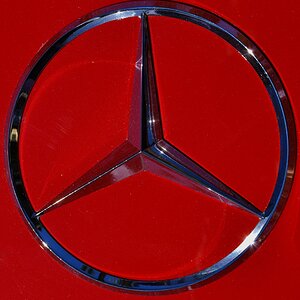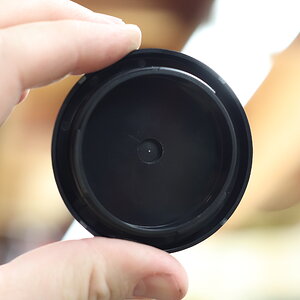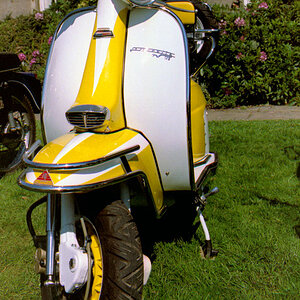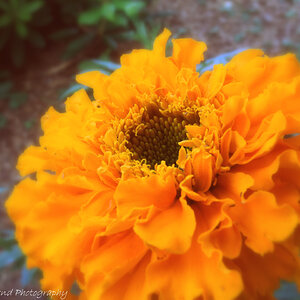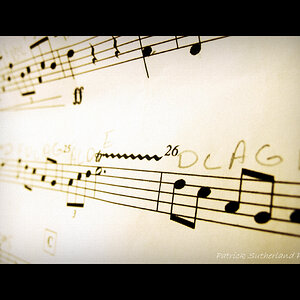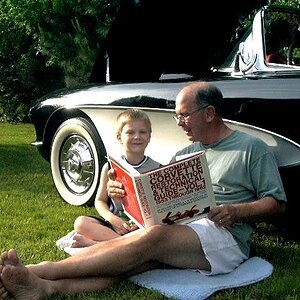Navigation
Install the app
How to install the app on iOS
Follow along with the video below to see how to install our site as a web app on your home screen.

Note: This feature currently requires accessing the site using the built-in Safari browser.
More options
You are using an out of date browser. It may not display this or other websites correctly.
You should upgrade or use an alternative browser.
You should upgrade or use an alternative browser.
Zoo togs...what is on your do and don't list?
- Thread starter slackercruster
- Start date
slackercruster
No longer a newbie, moving up!
- Joined
- Jan 30, 2012
- Messages
- 761
- Reaction score
- 65
- Can others edit my Photos
- Photos OK to edit
That is another excellent point that I forgot about. Early in the morning and late in the afternoon the animals KNOW it's time for them to be fed, and they will start to get a lot more active. In the morning after they eat they get lazy and want to take a nap. I see the cats here pacing back and forth late in the afternoon just waiting for the handlers to feed them.I try to get there as soon as ours open. cooler temperatures mean more movement and its usually when they are feeding the tigers and bears so they are more active. I usually end up using my 70-200. i try to keep any man made looking object out of the picture, try to keep it as natural as possible. I'f im shooting thru Plexi I will take my lens hood off so I am as close to it as possible. And shoot for the eyes usually.
Many of the animals will get a lot more active when it's cool but others won't. It depends on what climate their species comes from. In the winter around here the Lemurs will form up in a big "Lemur Ball" trying to keep each other warm since they come from a warm climate. On the other hand the Snow Leopards at the Chattanooga Zoo were nearly comatose from the heat when I was there a few weeks ago since their species comes from mountainous areas where it's cold. Most cats love cooler weather but some of the smaller animals don't.
Never thought about winter. We get snow here. Thought the zoo would be a bust in the snow. Maybe not?
- Joined
- May 1, 2008
- Messages
- 25,422
- Reaction score
- 5,003
- Location
- UK - England
- Website
- www.deviantart.com
- Can others edit my Photos
- Photos OK to edit
Some of these might be repeat points, but here are my tips and views
1) Don't take the family. If you're going to the zoo to take photos you want to go with your own freedom to move around at your speed; and photographers taking photos move very very slow if at all. If you take the family you'll be taking pics of them and enjoying your time with them rather than focusing upon your photography. Taking (non photographer) friends also fits under this title.
2) Keep an eye on your bag. Esp if you sit down and take it off to remain in one spot shooting don't let yourself forget about it. Most zoos are going to be pretty safe and you don't have to panic, just keep your wits about you though.
3) Plan - check the feeding and activity time sheets and work out what animals you'd like to see, when and at what times would be suitable (at busy zoos you'll want to get to any feed/events a little early to get a good seat). Also remember that sometimes you'll want to roam and see many animals or set yourself down and watch one or two for the day (remember the longer you're at a specific pen the more chance you have to see something).
4) Get there early, most zoos tend to open a little later than many places, but you'll want to get there as early as you can (esp in summer). You maximise your time and your light for shooting, softer morning light is easier to work with than the strong, harsh sunlight of midday.
5) Talk to the keepers - sometimes easier at smaller venues over bigger ones, but when you get the chance do strike up conversation. Often you can get a little insight into the animals, find out when specific ones might be a little more or less active or if any have any special times when they are going to be doing a specific activity. This is also important if you visit a single zoo/wildlife centre on a regular basis - a good rapport might even open a few more doors if you're lucky - zoos might open later but are often active well before opening hours in preparation.
6) Polarizers/rubber lens hoods/black sheets -- all these can be invaluble when working with glass at a zoo. Each can cut down on reflections off the glass and thus give you clear shots. Always get the lens up as close as you can to minimise the problem. Circular Polarizers will cut down reflections, however will also cut out around 1-2 stops of light. Rubber lens hoods let you push the lens right up to the glass and block out all side lights (easier than fixed hoods but they can do this too, unless they are petal shaped). Black sheets of card attached to the end of a lens cast a larger area of black and thus block out more chances of distracting light/reflections (again must be pressed up to the glass to work)
7) Wire - get up close to it. Often this will eliminate it totally, however this is not always a possibility (esp at most big cat pens which often have 2 barriers and prevent you to get close to the wire). When wire gets in the way you can sometimes correct it if you use a layer mask in editing and boost the contrast (since it shows as a grey/hazy area of lower contrast).
8) Flash - can help you avoid harsh shadows upon your subjects (esp during the brighter midday sun) and be invaluable as the light dims in morning and evenings (and on cloudy days - so mostly every day in the uk ). So do consider making full use of it as you can. However always keep keep your eyes open, many subjects will be totally used to and ignore the flash, however if there are ever any warning signs on the pens/enclosure not to use flash or if any animal appears to be reacting to the flash in a negative manner (growling/snarling/roaring) then stop using it (you might also want to remove the flash if you're using an external speedlite flash - not only might it calm the animal, but it also will put at ease any passing keepers).
). So do consider making full use of it as you can. However always keep keep your eyes open, many subjects will be totally used to and ignore the flash, however if there are ever any warning signs on the pens/enclosure not to use flash or if any animal appears to be reacting to the flash in a negative manner (growling/snarling/roaring) then stop using it (you might also want to remove the flash if you're using an external speedlite flash - not only might it calm the animal, but it also will put at ease any passing keepers).
9) Tripods - personally I'd leave it behind unless you've firm plans to camp out at a specific pen for a long period of time, also make sure you know the zoo, some can be cramped on space and you'll be pretty unpopular if you cause a blockage. IF you're taking a long lens I'd certainly take a monopod - a bit of help for handholding (esp if you don't have IS/OS/VR) and takes a bit of the strain out of things if you're using a very heavy lens.
10) for lenses I'd favour a zoom over a prime, mostly as zoos have a wide range of sizes and distances of subjects and pens and thus you tend to find (esp if you're moving around) that you'll benefit from the versatility. A 70-200mm (+1.4TC) is an ideal lens for the zoo, esp if you back it up with a quality long prime. However 100-400mm, 70-300mm, 50-500mm etc... lenses are great and not too heavy nor bulky options to take.
1) Don't take the family. If you're going to the zoo to take photos you want to go with your own freedom to move around at your speed; and photographers taking photos move very very slow if at all. If you take the family you'll be taking pics of them and enjoying your time with them rather than focusing upon your photography. Taking (non photographer) friends also fits under this title.
2) Keep an eye on your bag. Esp if you sit down and take it off to remain in one spot shooting don't let yourself forget about it. Most zoos are going to be pretty safe and you don't have to panic, just keep your wits about you though.
3) Plan - check the feeding and activity time sheets and work out what animals you'd like to see, when and at what times would be suitable (at busy zoos you'll want to get to any feed/events a little early to get a good seat). Also remember that sometimes you'll want to roam and see many animals or set yourself down and watch one or two for the day (remember the longer you're at a specific pen the more chance you have to see something).
4) Get there early, most zoos tend to open a little later than many places, but you'll want to get there as early as you can (esp in summer). You maximise your time and your light for shooting, softer morning light is easier to work with than the strong, harsh sunlight of midday.
5) Talk to the keepers - sometimes easier at smaller venues over bigger ones, but when you get the chance do strike up conversation. Often you can get a little insight into the animals, find out when specific ones might be a little more or less active or if any have any special times when they are going to be doing a specific activity. This is also important if you visit a single zoo/wildlife centre on a regular basis - a good rapport might even open a few more doors if you're lucky - zoos might open later but are often active well before opening hours in preparation.
6) Polarizers/rubber lens hoods/black sheets -- all these can be invaluble when working with glass at a zoo. Each can cut down on reflections off the glass and thus give you clear shots. Always get the lens up as close as you can to minimise the problem. Circular Polarizers will cut down reflections, however will also cut out around 1-2 stops of light. Rubber lens hoods let you push the lens right up to the glass and block out all side lights (easier than fixed hoods but they can do this too, unless they are petal shaped). Black sheets of card attached to the end of a lens cast a larger area of black and thus block out more chances of distracting light/reflections (again must be pressed up to the glass to work)
7) Wire - get up close to it. Often this will eliminate it totally, however this is not always a possibility (esp at most big cat pens which often have 2 barriers and prevent you to get close to the wire). When wire gets in the way you can sometimes correct it if you use a layer mask in editing and boost the contrast (since it shows as a grey/hazy area of lower contrast).
8) Flash - can help you avoid harsh shadows upon your subjects (esp during the brighter midday sun) and be invaluable as the light dims in morning and evenings (and on cloudy days - so mostly every day in the uk
9) Tripods - personally I'd leave it behind unless you've firm plans to camp out at a specific pen for a long period of time, also make sure you know the zoo, some can be cramped on space and you'll be pretty unpopular if you cause a blockage. IF you're taking a long lens I'd certainly take a monopod - a bit of help for handholding (esp if you don't have IS/OS/VR) and takes a bit of the strain out of things if you're using a very heavy lens.
10) for lenses I'd favour a zoom over a prime, mostly as zoos have a wide range of sizes and distances of subjects and pens and thus you tend to find (esp if you're moving around) that you'll benefit from the versatility. A 70-200mm (+1.4TC) is an ideal lens for the zoo, esp if you back it up with a quality long prime. However 100-400mm, 70-300mm, 50-500mm etc... lenses are great and not too heavy nor bulky options to take.
slackercruster
No longer a newbie, moving up!
- Joined
- Jan 30, 2012
- Messages
- 761
- Reaction score
- 65
- Can others edit my Photos
- Photos OK to edit
Great list!!
I never heard of blacksheets. Will have to check them out.
I never heard of blacksheets. Will have to check them out.
SCraig
Been spending a lot of time on here!
- Joined
- Nov 12, 2011
- Messages
- 6,474
- Reaction score
- 2,450
- Location
- Nashville, TN
- Website
- sc-photo-tn.com
- Can others edit my Photos
- Photos NOT OK to edit
Ours is open year-round however some of the animals that can't handle the cold (or extreme heat in summer) will be taken off of display. At 40 and above everything is out but below 40 some of the more sensitive species stay inside where it's warm. I'm sure that varies from zoo to zoo though.Never thought about winter. We get snow here. Thought the zoo would be a bust in the snow. Maybe not?
I put my foot through the shoulder strap of my bag every time I sit it down. I'd rather be a bit paranoid than go home without most of my gear.2) Keep an eye on your bag. Esp if you sit down and take it off to remain in one spot shooting don't let yourself forget about it. Most zoos are going to be pretty safe and you don't have to panic, just keep your wits about you though.
- Joined
- May 1, 2008
- Messages
- 25,422
- Reaction score
- 5,003
- Location
- UK - England
- Website
- www.deviantart.com
- Can others edit my Photos
- Photos OK to edit
"blacksheets" are just a regular sheet of black card with a hole in the middle. The idea is that the sheet of black card blocks reflections and light from behind
Seefutlung
TPF Noob!
- Joined
- Apr 13, 2007
- Messages
- 1,558
- Reaction score
- 62
- Location
- SoCal
- Website
- www.garyayala.smugmug.com
- Can others edit my Photos
- Photos OK to edit
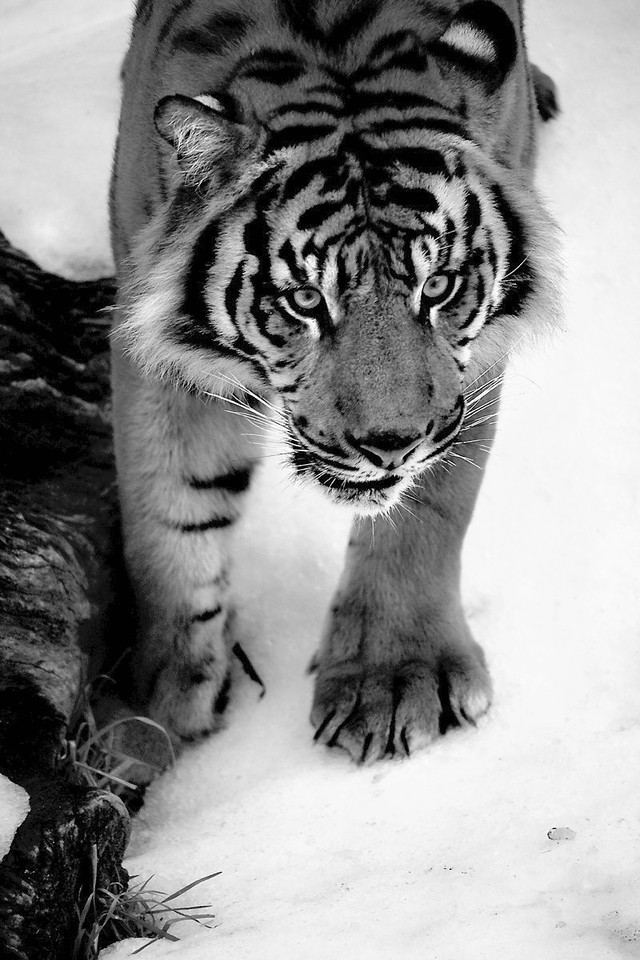
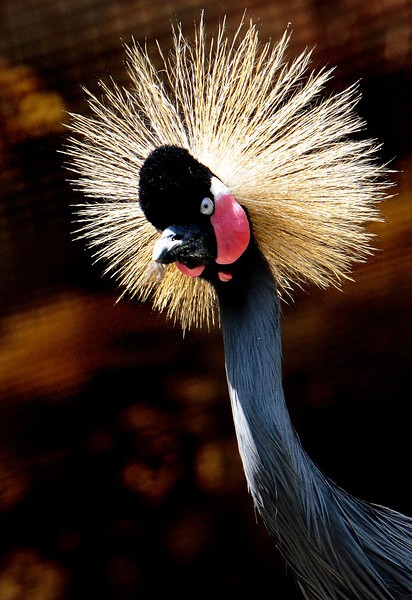

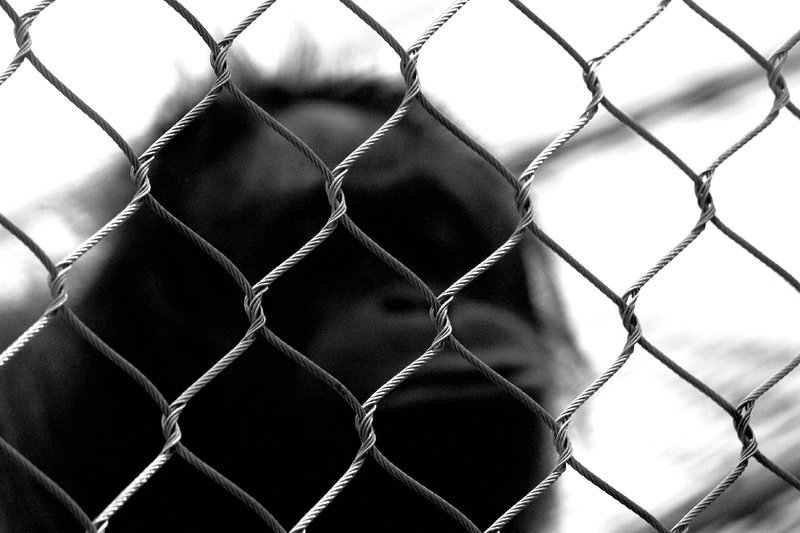
G
Forkie
Been spending a lot of time on here!
- Joined
- Feb 14, 2011
- Messages
- 2,292
- Reaction score
- 920
- Location
- Chiswick, London, UK
- Website
- www.ianforknall.com
- Can others edit my Photos
- Photos NOT OK to edit
Shooting at the zoo is fun, but I usually come out with fewer photos than I'd like. Unless I can get a shot that at least looks like the animal might be in the wild, I don't bother with the shot!

Lionesses by Forkie, on Flickr

Toco Toucan by Forkie, on Flickr

Red Panda by Forkie, on Flickr

Cheetah by Forkie, on Flickr

Lionesses by Forkie, on Flickr

Toco Toucan by Forkie, on Flickr

Red Panda by Forkie, on Flickr

Cheetah by Forkie, on Flickr
slackercruster
No longer a newbie, moving up!
- Joined
- Jan 30, 2012
- Messages
- 761
- Reaction score
- 65
- Can others edit my Photos
- Photos OK to edit
"blacksheets" are just a regular sheet of black card with a hole in the middle. The idea is that the sheet of black card blocks reflections and light from behind
Thanks.
I thought it was a card you would hold above the lens. Makes sense with the whole cut in it.
About what size works best and is still small enough to lug around?
slackercruster
No longer a newbie, moving up!
- Joined
- Jan 30, 2012
- Messages
- 761
- Reaction score
- 65
- Can others edit my Photos
- Photos OK to edit
Shooting at the zoo is fun, but I usually come out with fewer photos than I'd like. Unless I can get a shot that at least looks like the animal might be in the wild, I don't bother with the shot!
Lionesses by Forkie, on Flickr
Toco Toucan by Forkie, on Flickr
Red Panda by Forkie, on Flickr
Cheetah by Forkie, on Flickr
Nice work!
slackercruster
No longer a newbie, moving up!
- Joined
- Jan 30, 2012
- Messages
- 761
- Reaction score
- 65
- Can others edit my Photos
- Photos OK to edit
Xlnt work!!
Really like the one with the fence. It didn't stop a great shot.
- Joined
- May 1, 2008
- Messages
- 25,422
- Reaction score
- 5,003
- Location
- UK - England
- Website
- www.deviantart.com
- Can others edit my Photos
- Photos OK to edit
I've honestly never tried with the black sheet method to know - its a method I've picked up in passing when chatting to others, but never had the situation where I'd put it into effect. I'd say you don't want to go too large though as remember the glass at most zoos isn't huge.
Also I forgot one item from my list:
Plan what DAY you go. If you want to do photography avoid weekends, bank holidays and any other major event that will result in increased people attending. In short try your best to visit during the "offpeak" periods. That not only means you'll have a quieter day, but also have more chance to move where you want to without having to jostle a large crowed or have people walking in front of you the whole time (most people are pretty friendly about it, but you will either get rude ones who walk infront or large crowds waiting to cross the path of your lens).
As a bonus you've also more chance of chatting to keepers or staff on less busy periods for a bit of networking.
Also I forgot one item from my list:
Plan what DAY you go. If you want to do photography avoid weekends, bank holidays and any other major event that will result in increased people attending. In short try your best to visit during the "offpeak" periods. That not only means you'll have a quieter day, but also have more chance to move where you want to without having to jostle a large crowed or have people walking in front of you the whole time (most people are pretty friendly about it, but you will either get rude ones who walk infront or large crowds waiting to cross the path of your lens).
As a bonus you've also more chance of chatting to keepers or staff on less busy periods for a bit of networking.
12sndsgood
No longer a newbie, moving up!
- Joined
- Sep 24, 2010
- Messages
- 2,349
- Reaction score
- 360
- Location
- indianapolis
- Website
- www.square1photography.com
- Can others edit my Photos
- Photos OK to edit
To add to what overread mentioned. I tend to go thru the zoo backwards to the normal layout. most zoos I have gone thru kind of have a natural path that peaople follow. I tend to go backwards, sometimes when it opens I will usuallly go straight to the back of the zoo. most people will start at the front and work there way around, so this gives you a bit more time to get shots uninterrupted by the majority of people.
Also if this is something you like, get a pass. This allows you to come out in the morning, shoot for an hour or two until the crowds start coming in and forming and leaving without feeling like you didn't get your moneis worth.
Also if this is something you like, get a pass. This allows you to come out in the morning, shoot for an hour or two until the crowds start coming in and forming and leaving without feeling like you didn't get your moneis worth.
Seefutlung
TPF Noob!
- Joined
- Apr 13, 2007
- Messages
- 1,558
- Reaction score
- 62
- Location
- SoCal
- Website
- www.garyayala.smugmug.com
- Can others edit my Photos
- Photos OK to edit
A lot of good advice, I am taking notes for my next trip. Thanks Y'all - Gary
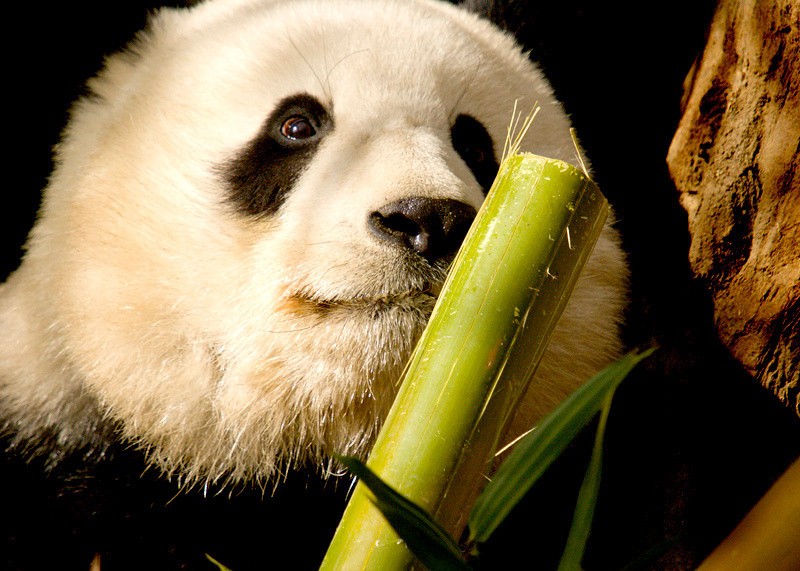

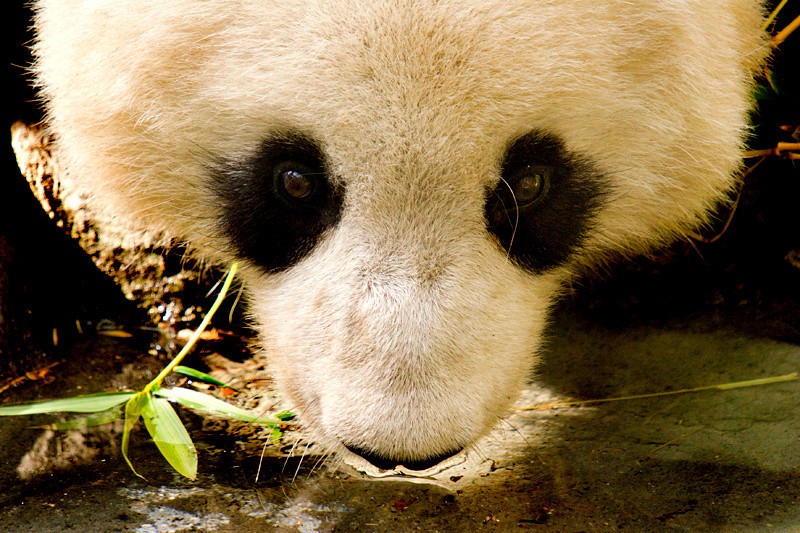
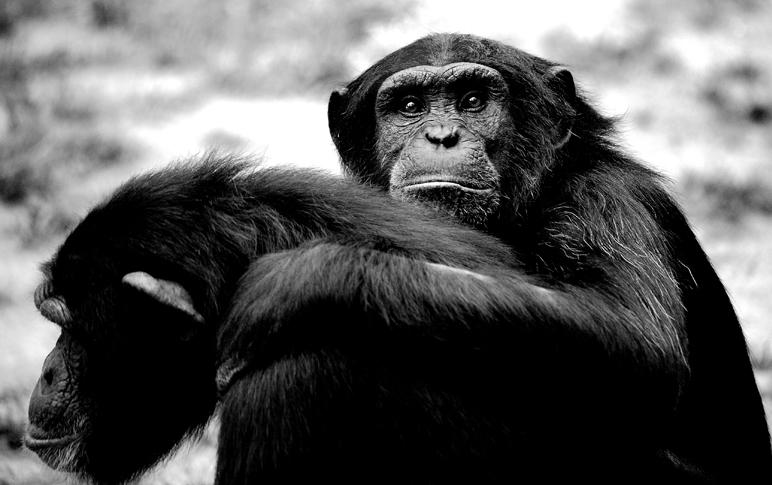




slackercruster
No longer a newbie, moving up!
- Joined
- Jan 30, 2012
- Messages
- 761
- Reaction score
- 65
- Can others edit my Photos
- Photos OK to edit
Good point. Maybe will go after al the kids are back in school.
Similar threads
- Replies
- 13
- Views
- 397
- Replies
- 6
- Views
- 246


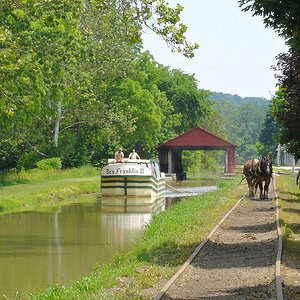
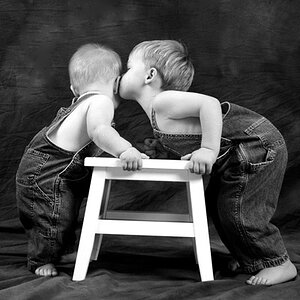
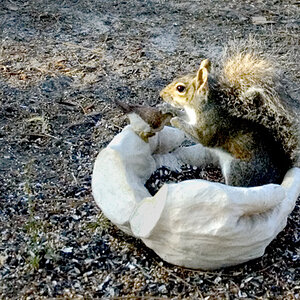
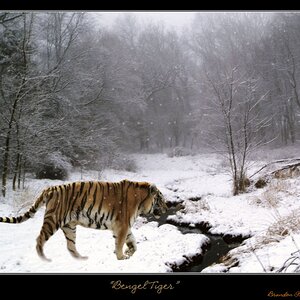
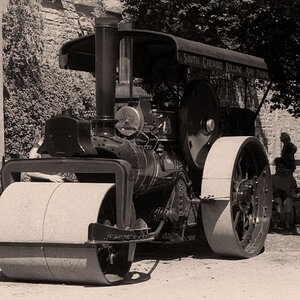
![[No title]](/data/xfmg/thumbnail/42/42348-b961c40032587da9952402de14b5976a.jpg?1619740146)
